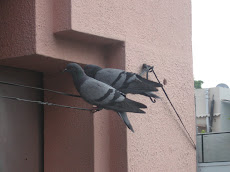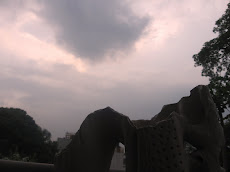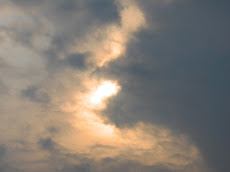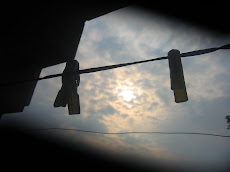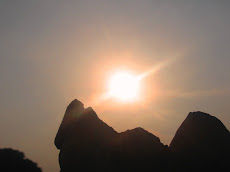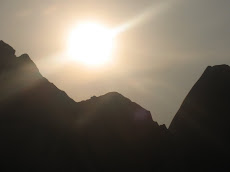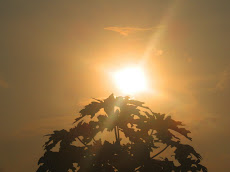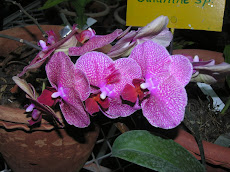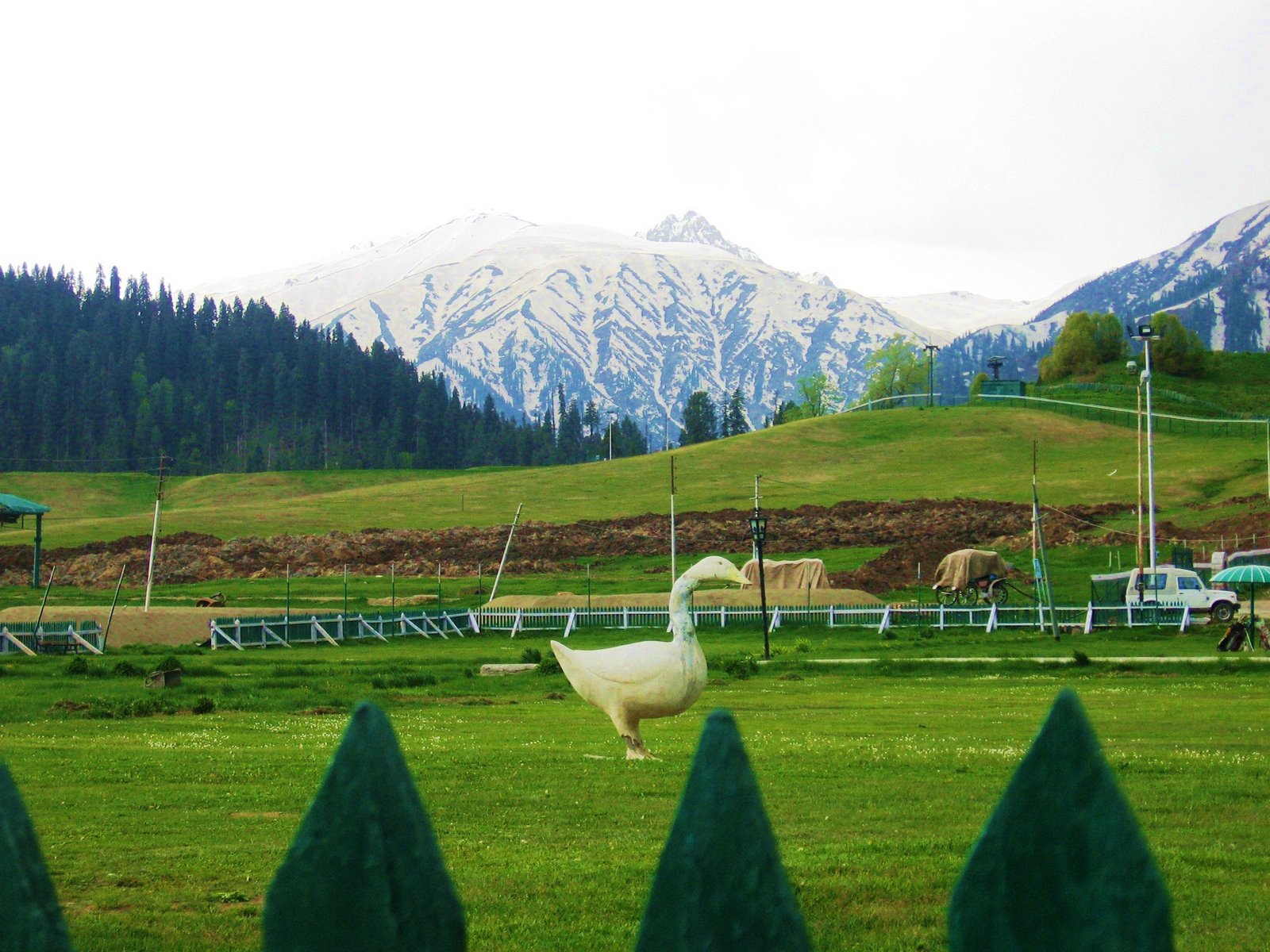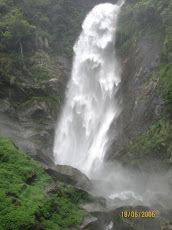THE RUSSIAN SAGA
To
an Indian, Russia normally attracts, despite its long distance, tough terrain
and hostile climate. Through the annals of history, scores of developments,
having repercussions elsewhere, have taken place in the largest country of the
world, peculiarly falling both in Asia & Europe. Its length and breadth and
vast expanse have given rise to more than one cultural pattern, language and
religion. India and Russia have had close economic, military and cultural ties.
Same has been further cemented by signing of Treaty of Friendship in 1971 and
frequent organization of elaborate festivals in both the countries. These are
apart from intense people to people contact made livelier owing to
unforgettable celluloid ties.
(2)
Till recently Russia was the largest supplier of arms to India. Russian
expertise in handling domestic issues and turmoil outside was not only taken
note of by India but the Border Security Force (BSF), itself was set up on the
lines of Federal Border Guards Service (FBGS) , following our debacle at the
hands of Chinese in 1962. Exchange of delegations between these two apex
organizations has been a matter of regular feature. When, by a way of reciprocal
gesture, an Indian delegation headed by the D.G., BSF was to visit Russia from
20th May to 25th May, 1997 and I was chosen as a Member,
my joy knew no bounds. The Russians depicted in Raj Kapoor’s movies immediately
hit my imagination (Mera Joota Hai
Japani........, Sar Pe Lal Topi Russi, Phir Bhi Dil Hai Hindustani, What a
touching song it was?).
Aeroflot Flight
(3)
There was nothing remarkable about the Aeroflot flight – SU, 536, boarded in
the afternoon of extremely hot 20th May, a Tuesday. The aircraft was old, hardly
having 50% occupancy. In view of the fact that it was a long flight, five
delegates had not only to be familiar with each other but also had to keep everyone
in good humour. Chit–chatting, however, cannot linger on endlessly. As the craft was flying low, one got a good
glimpse of mountains of Pakistan, Afghanistan and many Central Asian countries.
The delayed lunch served by immune type of hostesses, had only one notable
feature – delicious Alphonso Mangoes. Following lunch, the members of crew lost
no time in sleeping on the vacant passenger seats, something that does not
happen elsewhere.
Arrival in Moscow
(4)
Around 13.20 hours (local time), the delegation was warmly received at Moscow
airport by Lt.Gen. A.L. Manilov, Dy. Director, F.B.G.S. Shri A.K. Patnaik, First
Secretary, Consular, Indian Embassy at Moscow was also present. The last named
gentleman who was to co-ordinate our visit, turned out to be the son-in-law of
Shri Man Mohan Singh, the then highly respected Finance Minister. The
delegation had to face a bit of embarrassment in the sense that an Indian ‘
westernized ‘ woman on the pretext of looking after her baby in arms very
smartly had handed over her trolley to one of our colleagues. It took us nearly
ten minutes in locating her in the vast arrival lounge. She had no qualms about
her irresponsible conduct.
(5)
The airport avenue was full of high and colourful hoardings. Even though we
looked tired and sleepy, the changing sight of this famous country kept us
occupied, if not mesmerised. In vacant patches, it was an awesome Alpine
scenario. The landscape looked different from USA, Switzerland, Egypt, or UAE,
the countries one had visited by this time. There was no question of finding
any single unit accommodation for miles in this metropolis of 39.7 kms x 51.8
kms. Russians, whether in period of economic boom or recession, were used to,
if not destined to, live in flats in multi storied edifices in true Communist spirits.
Getting Familiar with Russian Scene
(6)
Following a tiring drive of almost two hours, we arrived at Hotel Soyuz, located
at 12, Universitet Prospect. It was
quite a cold affair, including the official lunch. Only soup appeared somewhat
warm. As one was hungry, there was no time to check whether it was veg. or non-
veg. The fact that we were going to be paid only 25% of our per diem, being
State Guest, dampened our spirits. Nevertheless, a quick nap in the regal
surroundings was not impossibility. Traffic was fast, if not furious.
(7)
Between 4 to 6 p.m, a visit to the Central Museum of the Great Patriotic War at
Poklonnaya Gora was very refreshing even though we had to face very cold winds,
each time, we came out in open. We could also manage to see the magnificent
railway station, a few monuments, statues and historical places mostly from
outside. Though we passed by the famous Kremlin, Lenin’s Mausoleum and Moskva
River, we did not stop by, as these were to be visited as per official
itinerary, some other day. The Liaison Officer, who sported a BSF tie and the
Lady Protocol Officer, both were courteous, helpful and friendly.
Sunny at ‘Night’
(8)
When watch showed 9.00 p.m, it was time to attend a working dinner at the flat
of the First Secretary. It was still sunny but interesting interactions with
Shri P.S. Haer, Deputy Chief of Indian Mission and Shri Khatua, his colleague
kept us engrossed. The conditions appeared amazing as compared to ones, back
home. We were informed that Sun set normally takes place around 10.30 p.m. in
Moscow at this time of the year. Subsequent to having a mix of sumptuous continental
and Indian food, we prayed to God – “ Bless us with some sound sleep in this challenging
time zone.”
Official Confabulations
(9)
21st and 22nd May were devoted to delegation level talks
and courtesy visits to the Deputy Interior Minister and Director, FBGS.
Impressive interiors of their spacious offices took us back to the old era. The
head of Russian delegation before coming to ‘brass tacks’, mentioned a few
words about his memorable visit to India. The Russians, aided by interpreters, touched
upon prevailing situation on the borders with Belarus, Ukraine, Norway,
Finland, Estonia, Lithuania, Georgia, Chechnya, Azerbaijan, Kazakhstan, Tajikistan
and Uzbekistan. A few of the recent border co-operation agreements were also
mentioned. Issues, such as, illegal migration & fishing on coastal borders
and smuggling of narcotic drugs, arms & psychotropic substances through the
borders were also flagged. Obliquely USA and China too figured off and on.
(10)
When our turn came, an idea about Indo-Pak, Indo-Bangladesh, Indo-Nepal,
Indo-China and Indo-Myanmar border challenges was given. A point was also made
about the incessant attempts of Pak ISI to infiltrate terrorist elements and
smuggle drugs, arms & explosives into India. It was impressed upon that
against heavy odds, fencing and flood-lighting of the tough borders with
Pakistan and Bangladesh was being undertaken and that India looked forward to
learn from the rich Russian experience of border management. It was indicated
that their modern border surveillance equipments were to be seen at their
North-Western borders prior to the process of short listing for testing in the
diverse Indian conditions.
Sidelights
(11)
Russians, unlike the Americans, the British or the French did not appear to be
a tough nut to crack, though they looked serious to begin with. Mini glasses of
Vodka and black Russian ‘Chai’ (they
call it this way) would occasionally break the monotony. General Federov, the
Deputy Interior Minister was no different from his Indian counterparts when it
came to mincing words but General A.I. Nikolayev, Director FBGS, a tall
handsome officer, duly aided by his charming young women assistants appeared
more forthcoming, candid and amiable. During official dinner at his lovely
office at 1, Lubyanka he insisted on
gulping a sparkling green soft drink especially by those who were yet to be
acquainted with the ‘kicks’ of Vodka.
(12)
The Joint signed record of the meetings noted that further professional
interaction between the BSF and FBGS would facilitate implementation of the
Border Co-operation Agreement inked in April, 1995. The two sides expressed
further a desire to exchange information and experience in the areas of
combating illegal migration, smuggling of weapons, international illegal
economic activities and the contraband. They were, in addition, also to further
explore the areas of co-operation in respect of border control management
systems, surveillance equipments and radio communication devices.
Sightseeing & Shopping Attempts
(13)
Upon getting a temporary well deserved respite from the official business, it
was back to sightseeing spree. One learnt that we had missed a trip to
Ostankino Tower and Tretyakov Art Gallery. These were the privileges offered to
our Head and his pro-active, yet mixing spouse. We tried to make-up the loss by
taking a stroll in the cold conditions along a busy business street, followed
by the visits to the Central Border Guards House and the Museum of FBGS at 13,
Yauzskiy Bulvar. Due to time constraints, I had to be content with only a
hurried purchase of a compact box containing Russian mini plastic toys for late
Ankoor, then a student of Std. III. Later, I also managed to get a set of
crystal mini toast glasses and an attractive jar.
Marvellous Railway Station
(14)
Prior to our departure by the night train for St. Petersburg, we were briefed
about the field visits and exposure trips along the Finland border. After a
rush through packing stint, we arrived at the grand Leningradsky Railway
Station. Its imposing architecture reflecting an element of rationality left a
lasting impression. The usual Indian kind of crowd, noise and bonhomie was not
to be seen. Only six of us were lucky to occupy the spacious sleeper bogie
efficiently supervised by an Old Russian lady Attendant.
Entry Into St. Petersburg
(15)
After having a feel of comfortable and clean train ride, we woke up to witness
partly snowy conditions of the Alpine countryside. Fog and mist would come and
go at frequent intervals. Indulging into photography was, therefore, but
natural. One had seen beautiful images of
this land in illustrated publications and had read vivid descriptions in the
history books but seeing a bit of same by own eyes was a different ball game.
(16)
At Moscovsky Railway Station of St. Petersburg, Col. V.V. Mochalov, accompanied
by cute Sr. Lt. E.A. Savina received us as per schedule at 8.25 hours. The
drive to the hotel in the nerve centre of the typical European style heritage
city was a short affair as compared to Moscow. This place had more of greenery
and a large number of tourists. Following a quick wash and dull break-fast,
Col. Gen. V.I. Vjyunov, Commander of this region interacted with us. It was
followed by visits to world famous Hermitage Museum and a Buddhist temple. When
we met Shri. Bhattacharya, the Consul General of India later in the afternoon,
I got an exhilarating opportunity to speak to my family members. Amma and
Chotki Bhabhi could not believe that I was not very far off from the North
Pole.
Charm of Vyburg & Finland Border
(17)
Left to ourselves, we would have spent the whole evening in St. Petersburg. But
being bound by the official commitments we had to undertake a three hour drive
to FBS post at Vyburg. An invisible sensor device was seen and found to be in
order. No one stopped us when we spent ten to fifteen minutes inside open
Finland border. The very thought of close proximity to North Pole led to
literal shivering on our part.
(18)
By the time we checked into an old villa kind of hotel at Vyburg, day was still
very bright. We experienced immense pleasure in getting photographed next to
two gigantic boats kept on the banks of a river. Dinner in the cosy, well lit
dining room was a soothing affair. The hotel had a disco as well. However, no
activity was seen even upto 11.30 hours. Seeing
sunset between 11.30 and 11.45 p.m. was one the most fabulous experiences of
life. Body clock, on the contrary, was yet to get used to the tough Russian
conditions. Yet again one could manage hardly four to five hours of sleep.
(19)
The visit to Frontier Post no. 5 to have familiarisation with the engineering
equipment system was rather a dull affair. Journey to Torfyanovka to peruse the
efficacy of special frontier control means was, however, memorable. A short
halt at a guest house near a quiet pond took us to a western movie kind of
setting. In the same way, seeing the raising of water level to enable steamers
to get entry into a port was something I would, perhaps, not forget.
Account of Midnight Sun
(20)
The missed evening of the previous day at St. Petersburg was in a way
‘restored’ to us. Having completed almost all official engagements we were on
our own, enjoying the sights of the beautiful city at night. We heard versions
and versions of the spectacle of Midnight Sun. Without seeing it in reality, I
was simply blown away. Today being our penultimate day, some souvenir items
were also to be picked up from the downtown. All this meant that we got delayed
in reporting to the hotel.
The Retreat
 (21)
The next morning was a relaxed affair. I relished a brisk walk in the
enchanting surroundings. Off and on, it would rain, though. 14.00 hours was the
time intimated to bid good bye to Russia from Pulkova Airport. The Luftansa
flight LH-3197 to Frankfurt in Germany was dot on time at 15.05 hours. When
A.K. Patnaik from the Indian Embassy and E.V. Savina from FBGS shook hands with
us, we were rightly reminded of a scene in ‘Mera
Naam Joker’ featuring Raj Kapoor and Kseniya Ryabinkina (Marina).
(21)
The next morning was a relaxed affair. I relished a brisk walk in the
enchanting surroundings. Off and on, it would rain, though. 14.00 hours was the
time intimated to bid good bye to Russia from Pulkova Airport. The Luftansa
flight LH-3197 to Frankfurt in Germany was dot on time at 15.05 hours. When
A.K. Patnaik from the Indian Embassy and E.V. Savina from FBGS shook hands with
us, we were rightly reminded of a scene in ‘Mera
Naam Joker’ featuring Raj Kapoor and Kseniya Ryabinkina (Marina).
‘Long live Indo-Russian friendship’,
we said to ourselves while walking into the packed flight for another country.















































































































































































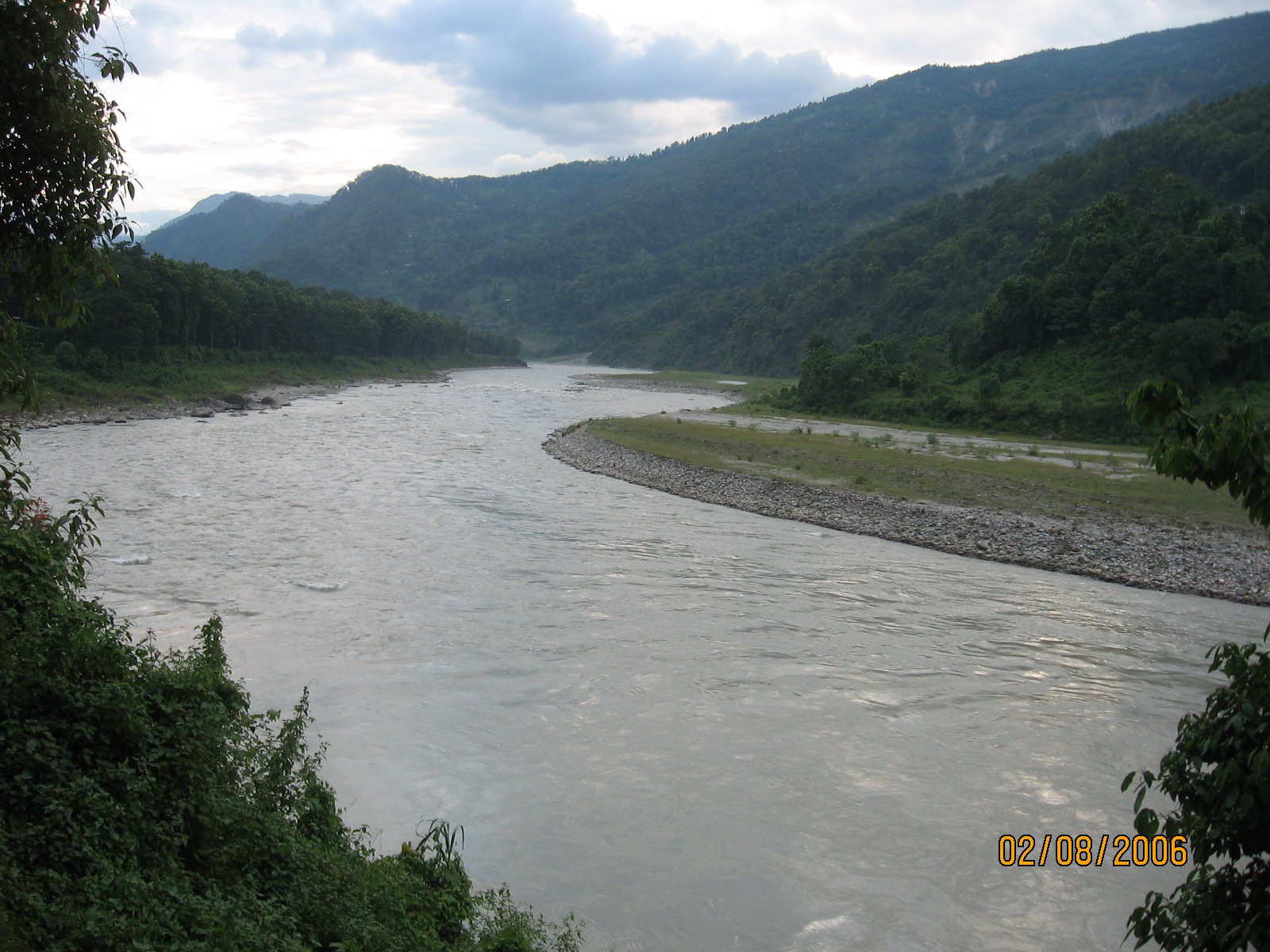





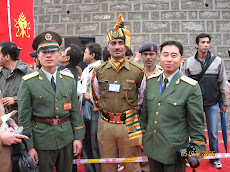
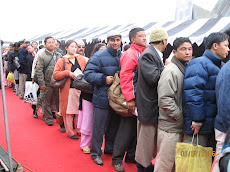




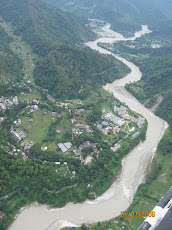




















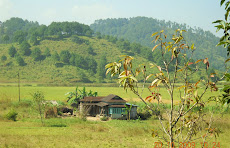









.jpg)


















